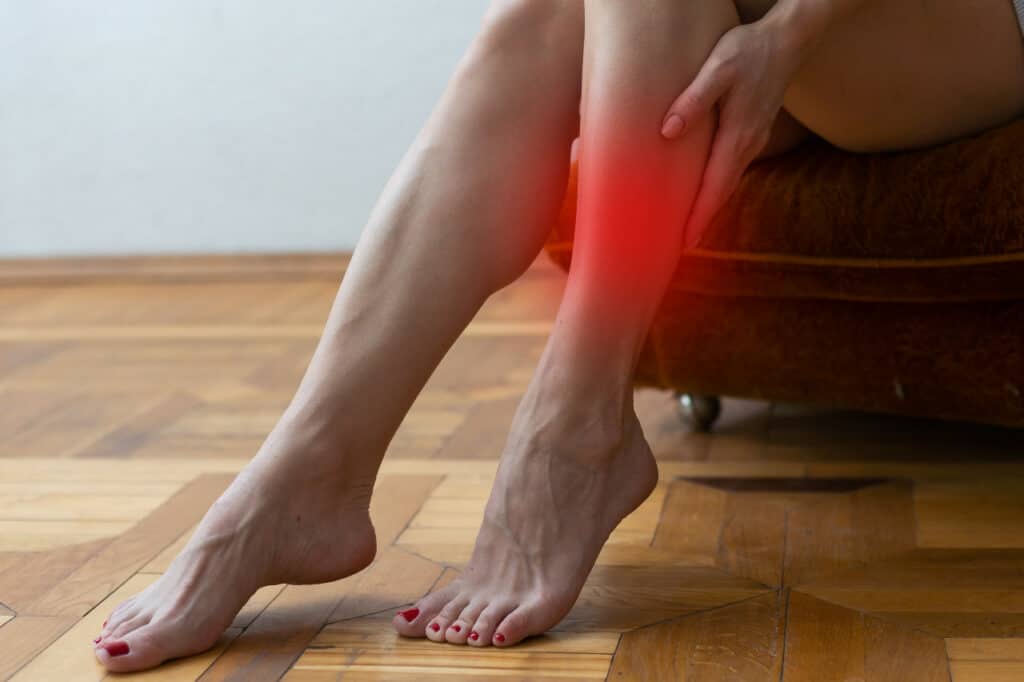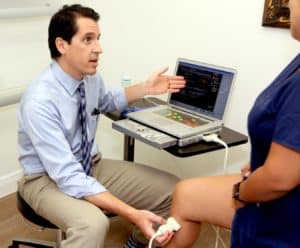Varicose veins are hard to ignore, not only because of their unsightly appearance but also because they may cause symptoms such as pain and lead to conditions such as deep vein thrombosis or cause nerve damage. Fortunately, the condition is treatable, and there are multiple varicose vein removal techniques and varicose vein surgery options. However, each option has its advantages and disadvantages, and it is advisable to learn what each option involves to pick the one that suits you best.
5 Varicose Vein Removal Techniques
The following varicose vein surgery removal techniques guarantee permanent results, but they differ in factors such as pain, safety, and efficiency. Here is an overview of what they involve:
1. Sclerotherapy
Sclerotherapy is the easiest and most common treatment option for varicose and spider veins, and is not considered a varicose vein surgery. A dermatologist injects a chemical into the varicose veins and damaged valves to irritate and collapse the walls stopping the blood flow. The dermatologist may make several injections along the veins’ length and massage the area to distribute the chemicals evenly.
The chemicals take about three to four weeks to take effect, after which the varicose veins’ walls collapse and stick together, essentially making the bulge fade away. Your dermatologist will prescribe compression stockings and daily walks for about two to three weeks.
Sclerotherapy is safe, and you can get back to your daily routine the following day after treatment. However, you may need two or more follow-up treatments for the best results.
2. Laser Treatment
Laser treatment involves exposing the varicose veins to laser energy through the skin. A dermatologist uses a device emitting a laser beam over the part of the skin showing the varicose veins and the venous insufficiency. This energy penetrates the skin and weakens the veins’ walls, making them collapse over time. Your dermatologist may recommend three or more treatments for the best results.
Varicose veins usually take between one and three months to disappear after laser treatment, and they usually darken during this period. It is important to protect the affected part of the skin from exposure to direct sunlight for about one month after treatment to prevent the formation of dark spots. Your dermatologist may also recommend wearing compression stockings for several weeks after treatment to ensure blood clots do not form.
3. Endovenous Laser Therapy (EVLT)
Endovenous laser therapy also uses laser energy to remove varicose veins. However, the laser energy is released inside the damaged veins and blood vessels instead of over the skin.
A dermatologist performs this procedure by making a small incision on the varicose vein and inserting a laser fiber. They then activate the laser fiber, releasing laser energy that burns the damaged vein, making its walls collapse. The laser energy is measured so that it doesn’t burn the adjacent veins and flesh, making this procedure safe.
Varicose veins treated using EVLT usually disappear within one year, but you may need multiple follow-up treatments for the best results. Your dermatologist may also prescribe compression stocking for up to two weeks after treatment to prevent any form of blood clots.

4. Radiofrequency Ablation
Radiofrequency ablation works similarly to endovenous laser therapy. However, the procedure uses radiofrequency energy produced by a catheter instead of laser energy produced by a laser fiber. The radiofrequency energy heats the varicose veins’ walls and blood flow collapse within one year. Your dermatologist may recommend multiple follow-up treatments for the best results.
5. Varicose Vein Stripping
Varicose vein stripping is a minimally invasive surgical procedure that involves removing the affected varicose and spider veins from the body instead of making them collapse. A surgeon makes a tiny incision through the skin along the varicose vein’s length. They then insert a surgical hook through the incision and around the varicose vein before pulling it out. The procedure takes about 90 minutes.
The varicose veins and spider veins will disappear almost immediately, but the procedure may leave small, temporary scars. It may take between two and four weeks to recover from the procedure.
Your surgeon will administer an anesthetic to block the pain and anti-anxiety medication to help you relax. They may also recommend pain medications and mild lifestyle changes (such as resting for a certain periods of time) for recovery time after treatment.
Wrapping Up
Varicose veins are undesirable but common and have many causes and risk factors. Fortunately, they are removable, and you can count on us to offer you safe, painless, effective, allergic reaction free varicose vein removal medical treatments.
East Bay Vein Specialists is one of the best vein clinics in the East Bay and greater San Francisco areas. Get in touch today to learn more about our varicose vein removal solutions.
SOURCES
https://medlineplus.gov/ency/patientinstructions/000597.htm
https://www.healthline.com/health/varicose-vein-stripping#procedure



